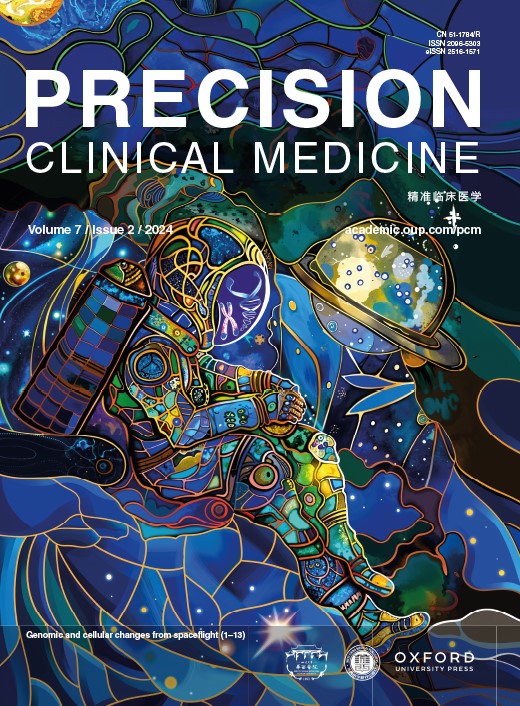小肠神经内分泌肿瘤的双重超声造影:推荐的成像方式1例报告
IF 5.1
4区 医学
Q1 MEDICINE, RESEARCH & EXPERIMENTAL
引用次数: 0
摘要
摘要一例57岁男性患者以腹部痉挛和腹胀自行缓解为主诉,住进华西医院。结肠镜检查和计算机断层扫描后诊断仍不清楚。然后行双超声增强检查,怀疑小肠肿瘤,并辅以薄层计算机断层扫描和正电子发射断层扫描/计算机断层扫描。术后病理证实为小肠G1神经内分泌肿瘤。手术切除约25厘米的小肠和位于肠系膜的3厘米的固体肿块。在最后的随访中,患者完全康复,无肿瘤。小肠肿瘤包括神经内分泌肿瘤一直是一个诊断难题。本病例提示超声双对比增强检查小肠神经内分泌肿瘤是可行的,可能是辅助小肠肿瘤诊断的一种可行方法。本文章由计算机程序翻译,如有差异,请以英文原文为准。
Double contrast-enhanced ultrasonography of a small intestinal neuroendocrine tumor: a case report of a recommendable imaging modality
Abstract A 57-year-old male presenting with spontaneously relieved abdominal cramp and distension was admitted to the West China Hospital. The diagnosis remained unclear after colonoscopy and computed tomography. Double contrast-enhanced ultrasonography was then performed and a neoplasm in the small intestine was suspected, supported by a thin-section computed tomography and positron emission tomography/computed tomography. This was confirmed pathologically after surgery to be a small intestinal G1 neuroendocrine tumor. Surgery was performed to remove approximately 25 cm of small bowel and a 3-cm solid mass located in the mesentery. The patient had a complete recovery and was tumor-free at the final follow-up. Small intestinal tumors including neuroendocrine tumors have always posed a diagnostic challenge. This case indicated that double contrast-enhanced ultrasonography is feasible in detection of small intestinal neuroendocrine tumors, and it may be an advisable approach assisting diagnosis of small intestinal tumors.
求助全文
通过发布文献求助,成功后即可免费获取论文全文。
去求助
来源期刊

Precision Clinical Medicine
MEDICINE, RESEARCH & EXPERIMENTAL-
CiteScore
10.80
自引率
0.00%
发文量
26
审稿时长
5 weeks
期刊介绍:
Precision Clinical Medicine (PCM) is an international, peer-reviewed, open access journal that provides timely publication of original research articles, case reports, reviews, editorials, and perspectives across the spectrum of precision medicine. The journal's mission is to deliver new theories, methods, and evidence that enhance disease diagnosis, treatment, prevention, and prognosis, thereby establishing a vital communication platform for clinicians and researchers that has the potential to transform medical practice. PCM encompasses all facets of precision medicine, which involves personalized approaches to diagnosis, treatment, and prevention, tailored to individual patients or patient subgroups based on their unique genetic, phenotypic, or psychosocial profiles. The clinical conditions addressed by the journal include a wide range of areas such as cancer, infectious diseases, inherited diseases, complex diseases, and rare diseases.
 求助内容:
求助内容: 应助结果提醒方式:
应助结果提醒方式:


